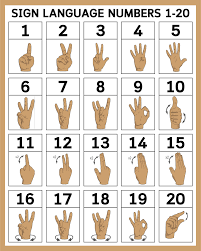1. Create a language learning schedule: One of the best ways to keep your language skills sharp is by setting aside specific times each week for studying. This provides consistency, keeps you accountable, and ensures that you are continually practicing even during the summer months.
2. Join a language exchange program: Language exchange programs connect students who want to learn each other’s languages. This is an excellent way to meet new people, improve your conversational skills, and practice speaking in different contexts.
3. Immerse yourself in media: Watching movies, TV shows, or YouTube channels in your target language can be entertaining and educational. You can also listen to podcasts or radio stations – these resources help improve listening comprehension and expand your vocabulary.
4. Enroll in summer classes: Many universities and language schools offer summer courses for learners who would like to continue their studies during the break. These classes provide an excellent opportunity to learn new grammar rules, enhance vocabulary, and interact with other motivated students.
5. Practice with smartphone apps: Mobile apps like Duolingo, Babbel, Anki, and Memrise allow you to practice your language skills on the go, making it easy to study whenever you have some free time.
6. Read books or articles in your target language: Reading is a great way to improve understanding and gain exposure to new vocabulary. Start with simple children’s books or short articles before gradually progressing towards more complex material.
7. Participate in local cultural events: Attend cultural festivals, workshops, or any other events related to your target language in your area over the summer months. This allows you to immerse yourself in the culture, make new friends who speak the language, and practice speaking in an authentic environment.
8. Travel abroad if possible: If circumstances allow, consider taking a trip to a country where your target language is spoken. Traveling is not only an enriching experience but also provides the opportunity to immerse yourself fully in the language and practice with native speakers.
9. Connect with native speakers online: Social media, language forums, and websites like iTalki are excellent platforms for finding native speakers to chat with and exchange Skype or Zoom calls. Having regular conversations with a native speaker helps improve fluency and keeps your language skills sharp over the summer.
By following these nine tips, you’ll be able to maintain and enhance your language learning progress during the summer months, setting you up for success when you return to classes in the fall. Happy studying!







